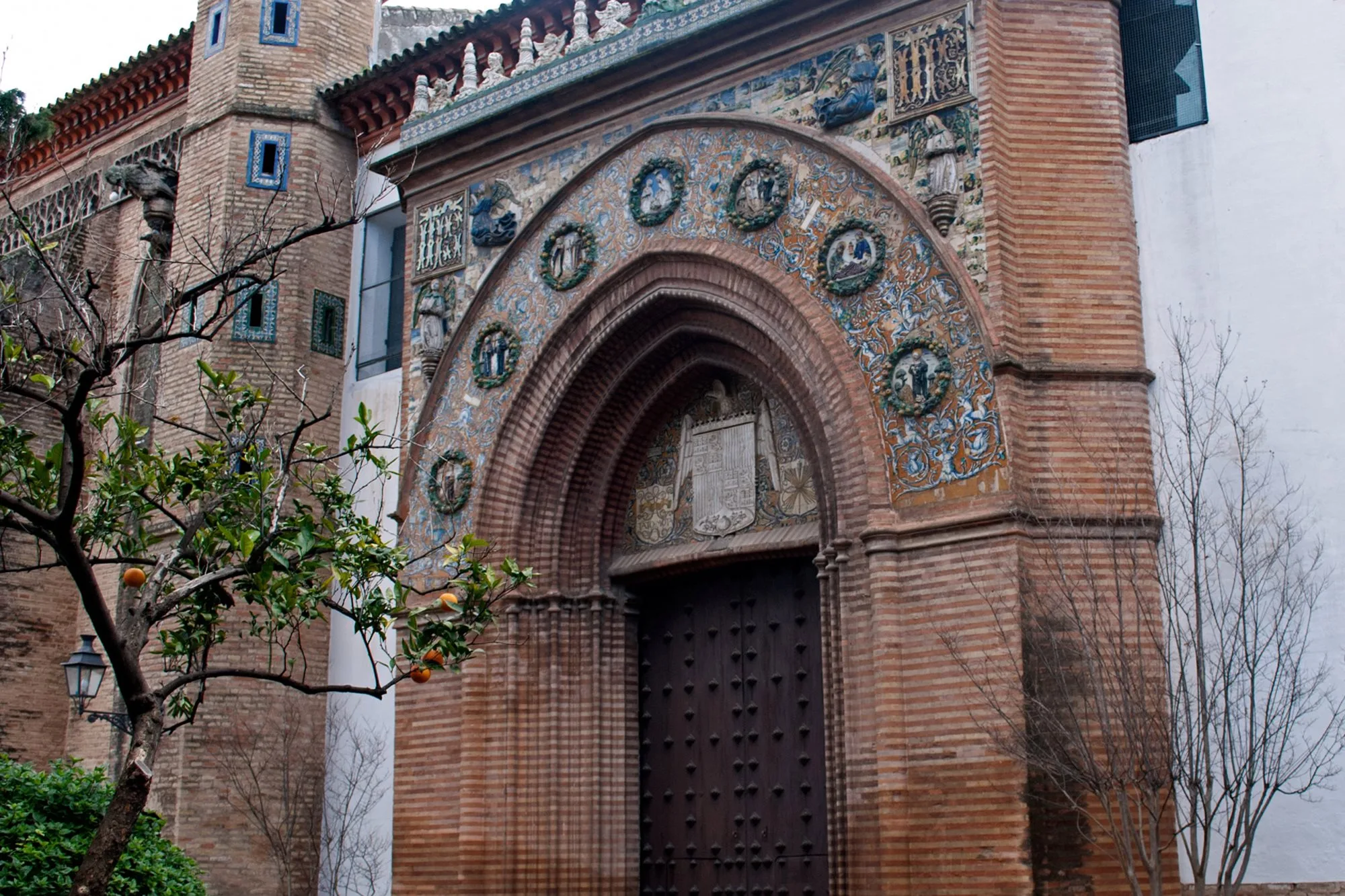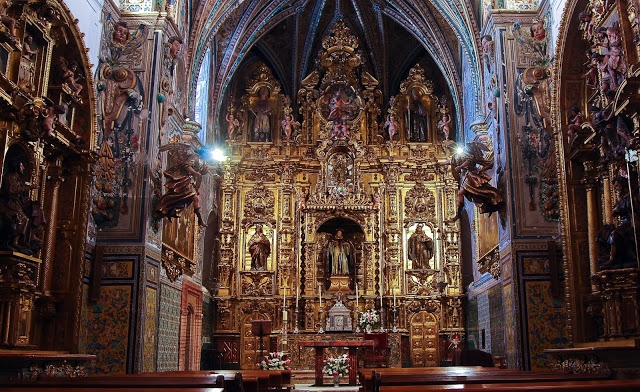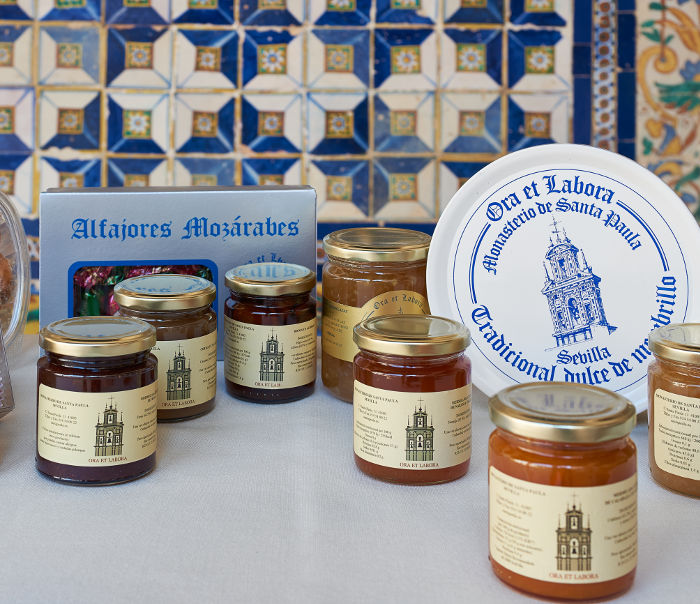There are places in Seville that pull you in with fanfare — the Alcázar, the Cathedral, the flamenco shows humming through the night. And then there are places like this. Places you only hear about when someone tells you quietly, “Don’t miss it. Trust me.

The Monastery of Santa Paula has been part of Seville since 1473 — older than most buildings in the city. Yet it feels untouched by the rush of tourism. Step inside, and you’ll see why.
Why Visit the Monastery of Santa Paula?
The monastery is still home to a working community of Hieronymite nuns. It isn’t a tourist site first — it’s a space where faith, daily life, and centuries of stories continue.

You wander through stone courtyards where orange trees grow, and pass chapels filled with quietly extraordinary art. Some works are over 500 years old; none of them are behind velvet ropes.
And somewhere along the way, you’ll hear it — the soft sound of voices from behind the walls, the life that still breathes here.

Once inside, the city’s hum fades. You step into a world of quiet courtyards, sun-dappled cloisters, and ornate chapels that tell stories in stone and paint.
The Unexpected Moment: Marmalade
Here’s where the visit surprises you. The monastery is known for its marmalades, made by the nuns using recipes passed down through generations.

You won’t find fancy packaging. Just simple jars, offered through a small turnstile window. Buying one feels less like a transaction, more like receiving a small piece of Seville’s living tradition.
Here’s what makes this hidden gem worth your time:
🖼️ Art & Architecture: The monastery houses an impressive collection of religious art, some pieces dating back hundreds of years. Intricate tilework and carved wood ceilings complete the experience.
🕊️ Atmosphere: The peaceful ambiance is part of the charm. Whether you wander the cloisters or sit in a quiet corner, this is a place to breathe and reflect.
📜 History: Founded in the late 15th century, the convent has seen Seville through wars, empire, and modern times — and remains an active religious community today.
🍊 A Taste of the Past: Don’t leave without trying the homemade marmalades made by the nuns. Using centuries-old recipes, they create small batches of citrus preserves that capture the flavors of Andalusia in every jar.
How to Visit Without Rushing It
When considering a visit, the following information will be handy.
🕒 Best time to visit: Morning or early afternoon. The convent typically opens for limited hours; check ahead.
⏳ Time to spend: 45–60 minutes, or longer if you want to linger.
🎟️ Entry: Small fee (supports the convent’s upkeep).
🎁 Take home: A jar of marmalade makes a wonderful and authentic Seville souvenir.
Nearby Sights
After your visit, you’re well-placed to explore more of Seville’s quieter charms:
✅ Metropol Parasol — the modern “mushroom” of Seville
✅ Palacio de las Dueñas — a beautiful Renaissance palace
✅ Macarena neighborhood — for local life and tapas
Before You Leave
This is not the kind of place where you check things off a list. Go without an agenda. Listen to the quiet. Notice the details — worn tiles, sunlit arches, handwritten signs.
Seville’s Monastery of Santa Paula is not a headline attraction. It’s a place that stays with you.

